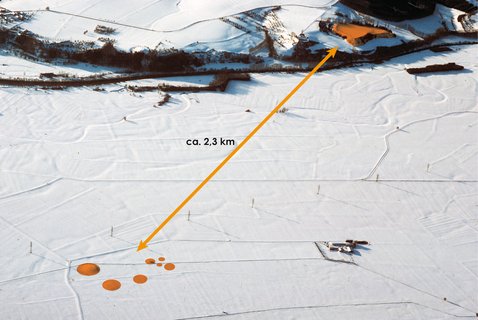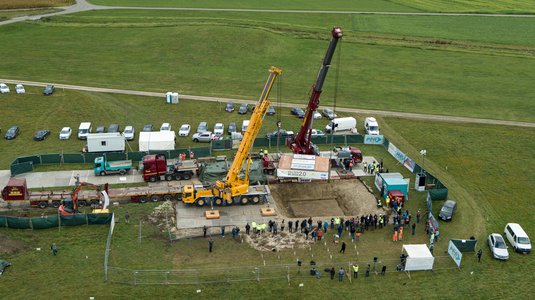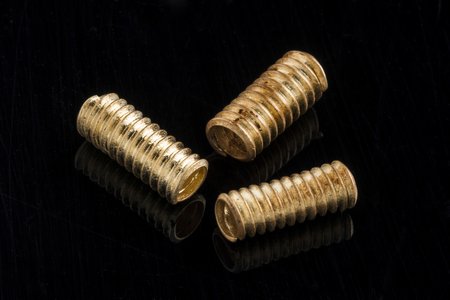Bettelbühl Cemetery - Outstanding Burials in the Danube Plain
The Bettelbühl cemetery is located about 2.3km southeast of the Heuneburg on the Danube plain. It consists of seven burial mounds. Mound 1, the Bettelbühl proper, today has a diameter of 65m and is still 3.7m high, while most of the other tumuli are barely visible.
In 2005 the richly furnished grave of a two- to four-year-old child was discovered and excavated in the completely ploughed-out Tumulus 4. The investigations showed that the grave was a secondary burial within the mound. In 2010 most of this tumulus was systematically examined. The block excavation of the central burial, richly furnished with unique grave goods including gold, amber and bronze, attracted great attention. This tomb of the "Princess of Bettelbühl" could be dated exactly to the winter of 583/582 BC with the help of the preserved oak and fir timbers used to construct the burial chamber.
Two further tumuli at the Bettelbühl necropolis had already been investigated in 2006 as part of a teaching excavation, which was carried out in cooperation with the Gesellschaft für Archäologie in Württemberg und Hohenzollern e. V. (Society for Archaeology in Württemberg and Hohenzollern). Mound 6 consisted of a square enclosure and contained only isolated human bones and fragments of a ceramic vessel located in the centre. Mound 7, which was originally surrounded by a ring of posts, contained a multi-part Hallstatt pottery ensemble of the 7th or first half of the 6th century BC, likewise, located near the centre.
In October 2020 another Early Celtic burial chamber was recovered in an 80-ton block. The ensemble is currently being examined under laboratory conditions in the workshops of the State Office for the Preservation of Monuments.
References: Krausse/Hansen/Ebinger 2020; Krausse / Ebinger 2021.




